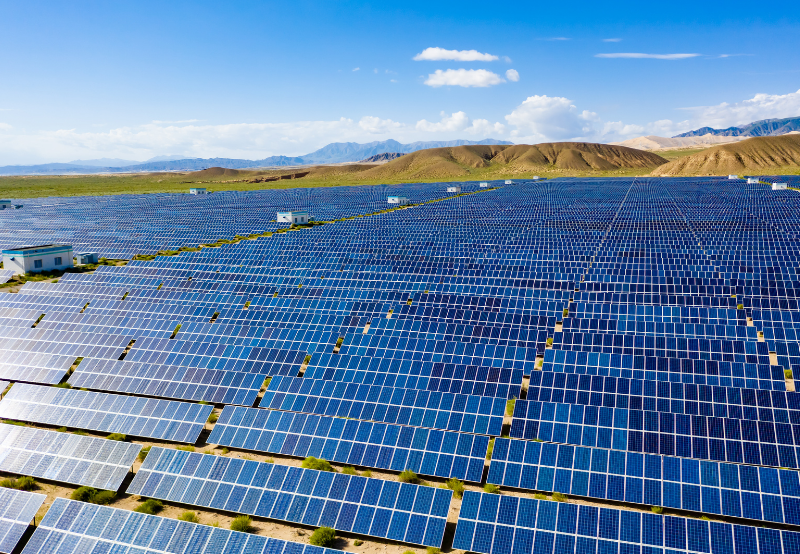Indian Prime Minister Narendra Modi has announced more ambitious targets for 2030, installing 500 gigawatts of renewable energy capacity, reducing the emissions intensity of its economy by 45%, and reducing a billion tonnes of CO2.
India: Ambani and Adani to invest $147 billion in green projects.
The clean energy transition in India is already well underway. It has overachieved its commitment made at COP 21- Paris Summit by already meeting 40% of its power capacity from non-fossil fuels- almost nine years ahead of its commitment and the share of solar and wind in India’s energy mix have grown phenomenally. Owing to technological developments, steady policy support and a vibrant private sector solar power plants are cheaper to build than coal ones.
Renewable electricity is growing at a faster rate in India than any other major economy, with new capacity additions on track to double by 2026. The country is also one of the world’s largest producers of modern bioenergy and has big ambitions to scale up its use across the economy. The IEA expects India to overtake Canada and China in the next few years to become the third largest ethanol market worldwide after the United States and Brazil.
However, even as it sets its sights on net zero, India faces a number of pressing near-term challenges. The sharp increase in commodity prices has made energy less affordable, and tight markets are increasing energy security risks for the world’s third largest energy importer. There is still a lack of reliable electricity supply for many consumers. Continued reliance on traditional fuels for cooking causes unnecessary harm to many people’s health.
Financially ailing electricity distribution companies are impeding the urgent transformation of the sector. And high levels of pollution have left Indian cities with some of the poorest air quality in the world.
India already has a numerous policy measures in place that – if fully implemented – could address some of these challenges by accelerating the shift to cleaner and more efficient technologies. Subsidies for petrol and diesel were removed in the early 2010s, and subsidies for electric vehicles were introduced in 2019. India’s robust energy efficiency programme has been successful in reducing energy use and emissions from buildings, transport and major industries.
Government efforts to provide millions of households with fuel gas for cooking and heating are enabling a steady transition away from the use of traditional biomass such as burning wood. India is also laying the groundwork to scale up important emerging technologies such as hydrogen, battery storage, and low-carbon steel, cement and fertilisers.
A transition to clean energy is a huge economic opportunity. India is particularly well placed to become a global leader in renewable batteries and green hydrogen. These and other low-carbon technologies could create a market worth up to $80 billion in India by 2030. Support from the international community is essential to help shift India’s development onto a low-carbon path.
To reach net zero emissions by 2070, the IEA estimates that $160 billion per year is needed, on average, across India’s energy economy between now and 2030. That’s three times today’s investment levels. Therefore, access of low cost long term capital is key to achieve net zero.
Discover more from Green Innovation News
Subscribe to get the latest posts sent to your email.





